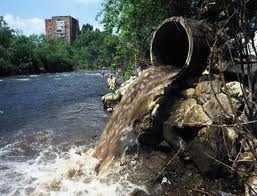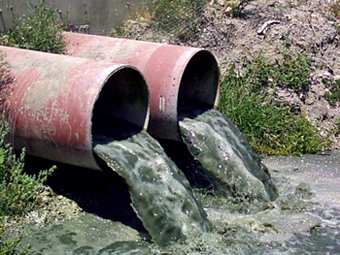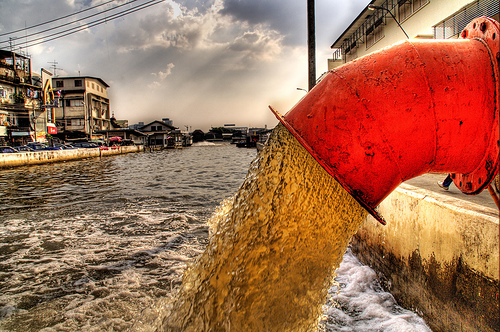Costa Rica News – In 2008, it was found that a plantation in Limón had contaminated the El Cairo aquifer with three agro-chemicals. The aquifer itself supplied more than 6,000 people over the canton’s three communities.
 Once the Environmental Administrative Court had confirmed the damage – which had been setting in since 1996 – the company was subjected to three cautionary measures: a temporary closure in 2009, mitigation controls and the movement of 800 employees.
Once the Environmental Administrative Court had confirmed the damage – which had been setting in since 1996 – the company was subjected to three cautionary measures: a temporary closure in 2009, mitigation controls and the movement of 800 employees.
Finally, in 2012, all of the test results showed that there were no longer any traces of pesticides.
Six years on from the intervention, the case is still open in the Environmental Court.
The reason for that is they’ve been unable to come up with an economic valuation for the damage caused by the company to these protected areas and for the mismanagement of the residual water which was heading for the riverbeds in La Francia, El Cairo and Luisiana, all areas of Siquirres.
Without this valuation, it’s impossible to take the case to an administrative court and hope that the company will pay all the damages.
José Lino Chaves, president of the TAA, and Edgar Guitiérrez, Minister of Environment and Energy (Minae) recognise that this is nothing more than proof of state incompetence.
“How is it possible that when a trial has the evidence, it still takes years to come through because there’s no technical team that can do the valuation? It’s unheard of”, said Gutiérrez.
But this problem doesn’t just affect the plantation in Siquirres, but to any other company, individual or activity which results in water contaminated by pollutants or waste.
The fact that there is no body that can make these valuations means that there’s no integral way of ascertaining the environmental situation before or after the incident; nor is there a way of measuring the resources or services affected.
In this case, they will have to provide a strict monetary valuation, which is vital for an environmental economist, according to Shirley Soto, chief of the Managing Body for Environmental Quality (Digeca), which works as a branch of Minae.
“Without the valuation, it’s just not worth calling together a trial, because there’s no way we could charge them”, admitted Chaves.
As such, the plantation company which caused such harm to El Cairo has, as yet, not had to pay a single colón for the damage it brought to the environment and to the people living there, and it certainly hasn’t had to answer for all the money spent on transporting additional water for consumption.
The Costa Rican Institute for Aqueducts and Sewage Systems (AyA) estimated that over the 7 year period, the total cost of  taking the liquid in tankers to the affected areas came to some ¢430 million.
taking the liquid in tankers to the affected areas came to some ¢430 million.
Albeit reluctantly, the AyA has remained in charge of the operation for preventative reasons. Both Yamileth Astorga (president of the Institution) and Eduard Lezama (the manager) are insisting that it’s not right.
Whose responsibility is it? Darner Mora, from the National Water Laboratory; Lezama as manager of the AyA and Rodolfo Lizano as legal director of that body allege that it’s not up to them to calculate the damages because it has now gone way beyond the legal sphere of AyA.
In José Lino Chaves’s opinion, the valuation should be the responsibility of Digeca, because the TAA doesn’t have sufficient staff. On her side, Shirley Soto from Digeca claims that since they’ve been without an environmental economist (since 2011), it’s impossible for them to make valuations with the validity necessary to support potential sentences.
Because of all this, the offending company will not pay for any of the damages until Minae modifies their internal structure and their staffing arrangements to be able to carry out the work. “We should have a team ready to give a response soon. The accused will not have to wait too long for a verdict; that just leads to uncertainty and insecurity”, remarked the Environment Minister.
Translated by Leah Hendre from La Nacion

